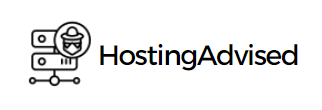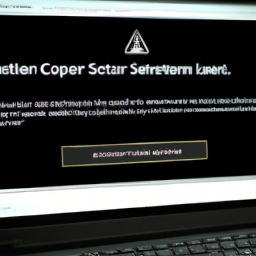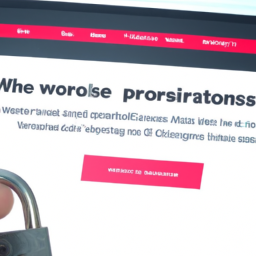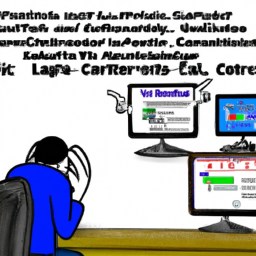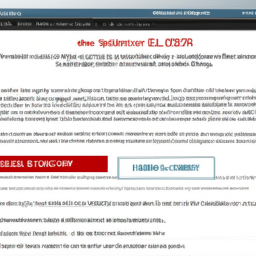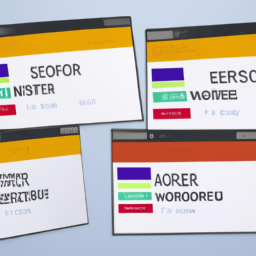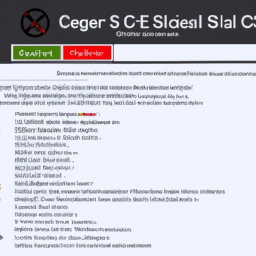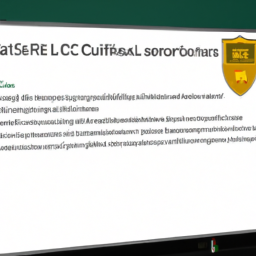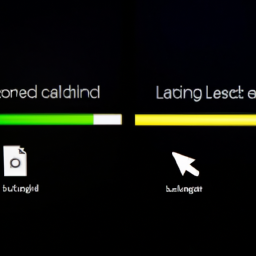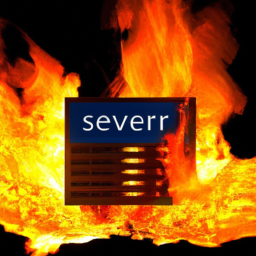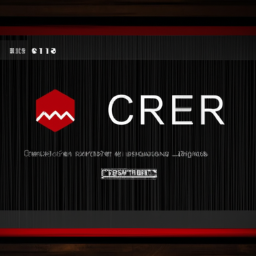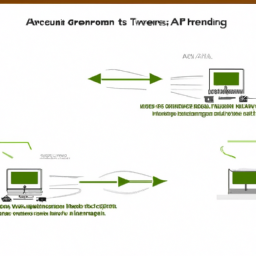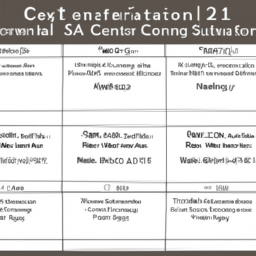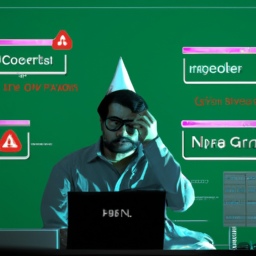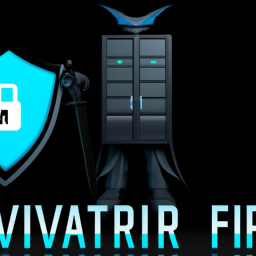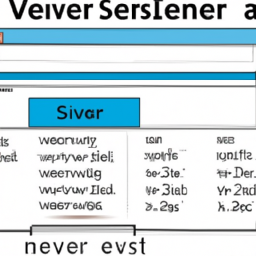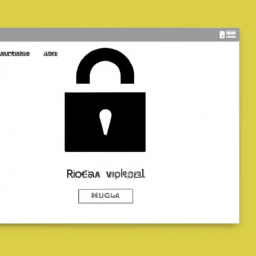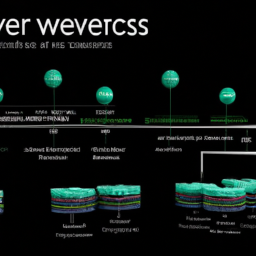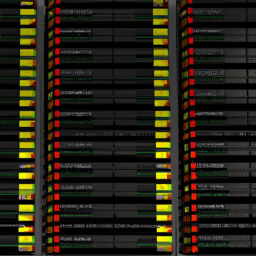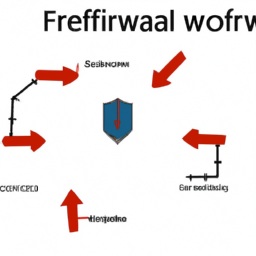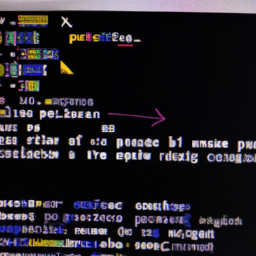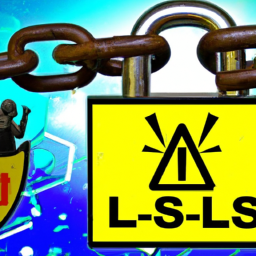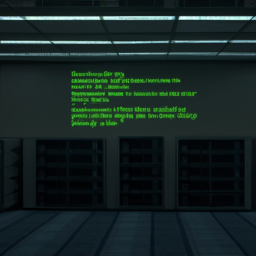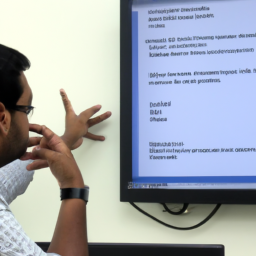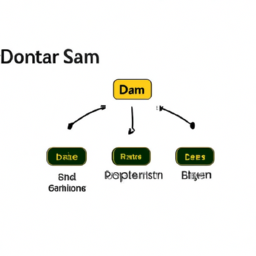In the vast landscape of web development, PHP serves as the backbone for countless websites and applications. Like the gears of a well-oiled machine, it powers the functionality and interactivity that users rely on.
However, as technology evolves, so must PHP versions. Upgrading PHP is not merely a matter of staying current; it is an essential step towards enhancing performance, security, and compatibility.
Imagine a web hosting provider as a vigilant guardian, safeguarding the digital realm for their clients. Just as a knight dons a new suit of armor to face ever-evolving threats, web hosting providers must upgrade PHP versions to protect against vulnerabilities and exploits.
This is where best practices play a vital role. By carefully assessing compatibility, creating transition plans, and effectively communicating with clients and users, web hosting providers can seamlessly implement PHP upgrades without disrupting the delicate balance of their clients’ online presence.
In this article, we will explore the best practices for web hosting providers when it comes to upgrading PHP versions. From planning to execution, we will delve into the technical intricacies, detail-oriented approaches, and concise steps that ensure a smooth transition, leaving no stone unturned in optimizing the post-upgrade environment.
So, let us embark on this journey together and unveil the secrets of upgrading PHP versions for web hosting providers.
Key Takeaways
- Assess compatibility of applications, extensions, and server requirements before upgrading PHP versions.
- Create a comprehensive transition plan including strategy, migration process assessment, and necessary updates.
- Communicate with clients and users about the upgrade plan, providing clear information, support, and assistance.
- Implement the upgrade in collaboration with the hosting provider’s IT team, following the transition plan and documenting steps and troubleshooting processes.
Importance of Upgrading PHP Versions
Upgrading your PHP versions is crucial for web hosting providers as it not only enhances the performance of your websites but also ensures robust security measures, enabling you to provide a seamless and safe browsing experience for your customers.
By upgrading to the latest PHP version, you can take advantage of various performance improvements and optimizations, resulting in faster loading times and smoother website navigation.
Additionally, staying up to date with PHP versions allows you to address any security vulnerabilities that may exist in older versions, ensuring the protection of sensitive customer data and preventing potential breaches.
Assessing the benefits of upgrading PHP versions is essential to understand the specific advantages it can bring to your hosting environment.
Ensuring security is one of the primary reasons why web hosting providers should prioritize upgrading their PHP versions.
Moving on to the next section, let’s explore how assessing compatibility and impact plays a crucial role in the upgrading process.
Assessing Compatibility and Impact
When evaluating the compatibility and consequences, it’s vital to delve into the theory of upgrading PHP versions. Assessing performance and compatibility testing are crucial steps in this process. Here are five key factors to consider:
-
Application compatibility: Determine if your applications are compatible with the new PHP version. Check for any deprecated features or changes in behavior that may impact functionality.
-
Performance improvements: Assess the potential performance gains that the new PHP version offers. Look for benchmarks and case studies to understand the impact on your specific workload.
-
Extension compatibility: Verify if the PHP extensions you rely on are compatible with the upgraded version. Some extensions may require updates or replacements.
-
Server requirements: Ensure that your web hosting environment meets the minimum requirements of the new PHP version. This includes checking the operating system, web server software, and dependencies.
-
Security enhancements: Evaluate the security improvements provided by the upgraded PHP version. Consider the vulnerabilities addressed and the potential impact on your application’s security.
By considering these factors, you can create a transition plan that addresses the compatibility and performance aspects of upgrading PHP versions.
Creating a Transition Plan
To successfully transition to a new PHP version, crafting a well-thought-out plan will ensure a smooth and enjoyable upgrade experience.
The first step in creating a transition plan is to develop a robust transition strategy. This strategy should outline the specific goals and objectives of the upgrade, as well as the timeline and resources required.
Next, it’s crucial to carefully assess the migration process. This involves identifying any potential compatibility issues and determining the necessary steps to mitigate them. It’s also important to consider the impact of the upgrade on existing applications and systems, ensuring that all necessary updates and adjustments are made.
By following these guidelines, you can create a comprehensive transition plan that will minimize disruptions and optimize the benefits of upgrading to a new PHP version.
When it comes to communicating with clients and users about the transition, it’s essential to provide clear and timely updates regarding the progress and expected outcomes of the upgrade.
Communicating with Clients and Users
When communicating with your clients and users about the upgrade plan, it’s crucial to provide them with clear and detailed information about the process. This includes informing them of the specific steps involved in the upgrade, the timeline for implementation, and any potential disruptions they may experience during the transition.
Additionally, it’s essential to offer support and assistance throughout the process, ensuring that clients have access to resources and guidance to address any issues that may arise. By effectively communicating downtime and potential disruptions, you can manage client expectations and minimize any negative impact on their experience.
Informing Clients of the Upgrade Plan
Informing clients about the upgrade plan will ensure a smooth transition and keep them excited about the improvements. To effectively manage expectations, follow these steps:
-
Provide a detailed timeline: Clearly communicate when the upgrade will take place and what steps will be involved. This will help clients plan and prepare for any potential disruptions.
-
Highlight the benefits: Explain how the upgrade will enhance their website’s performance, security, and functionality. Emphasize the advantages of the new PHP version to keep clients engaged and enthusiastic.
-
Offer support and resources: Assure clients that you’ll provide assistance throughout the upgrade process. Offer documentation, tutorials, and a dedicated support team to address any questions or concerns they may have.
By informing clients about the upgrade plan and managing their expectations, you can pave the way for a successful transition.
Providing support and assistance will further ensure a seamless experience for your clients.
Providing Support and Assistance
Be there for your clients every step of the way, offering a helping hand and serving as their guiding light to ensure a smooth and stress-free transition. As a web hosting provider, it’s crucial to prioritize support availability during the PHP version upgrade process.
Promptly respond to client inquiries and provide comprehensive guidance on any issues they may encounter. Assist them in identifying and resolving compatibility problems with their applications or websites. By offering timely and efficient support, you can enhance customer satisfaction and build trust.
Additionally, consider creating a knowledge base or FAQ section with detailed instructions and troubleshooting tips. This’ll empower clients to find answers on their own, reducing their reliance on support. Remember, a satisfied client is more likely to stay with your hosting services in the long run.
In the next section, we’ll discuss communicating downtime and potential disruptions without causing unnecessary panic.
Communicating Downtime and Potential Disruptions
Ensure clear and transparent communication with your clients about any scheduled maintenance or potential disruptions to their website’s availability, allowing them to plan and prepare accordingly. Mitigating potential disruptions and managing client expectations are crucial when upgrading PHP versions. To effectively communicate downtime and potential disruptions, consider using a table to provide specific information. The table below outlines the scheduled maintenance windows and the expected impact on website availability for each PHP version upgrade:
| PHP Version | Maintenance Window | Expected Impact |
|---|---|---|
| 5.6 | 2:00 AM – 4:00 AM | Minor |
| 7.0 | 3:00 AM – 6:00 AM | Moderate |
| 7.4 | 4:00 AM – 8:00 AM | Significant |
By sharing this information, clients can anticipate potential disruptions and plan accordingly. Next, we will discuss implementing the upgrade to ensure a smooth transition.
Implementing the Upgrade
When implementing the upgrade, you’ll need to work closely with your hosting provider and IT teams to ensure a smooth transition. This includes updating the PHP configuration and dependencies to ensure compatibility with the new version.
Throughout the process, it’s important to monitor the system and troubleshoot any issues that may arise to minimize downtime and ensure a successful upgrade.
Working with Hosting Providers and IT Teams
Collaborating with your hosting provider’s IT team is like dancing a perfectly choreographed routine – it ensures a seamless and efficient upgrade process for your PHP versions. To achieve this, consider the following steps:
-
Working remotely: Use collaboration tools like Slack or Microsoft Teams to communicate and share updates with the IT team. This allows for real-time collaboration and eliminates the need for physical meetings.
-
Establish clear responsibilities: Clearly define the roles and responsibilities of each team member involved in the upgrade process. This ensures that everyone knows what’s expected of them and avoids any confusion or overlap.
-
Regular progress updates: Schedule regular meetings or check-ins to review the progress of the upgrade. This helps to identify any potential issues or roadblocks early on and allows for timely resolution.
-
Documentation and knowledge sharing: Document all the steps, configurations, and troubleshooting processes involved in the upgrade. This helps in maintaining a record of the process and can be used as a reference for future upgrades or for training new team members.
By following these collaboration practices, you can smoothly transition into the subsequent section about updating PHP configuration and dependencies.
Updating PHP Configuration and Dependencies
Now that you’ve established a solid working relationship with your hosting provider and IT team, it’s time to delve into the nitty-gritty of upgrading your PHP version.
Updating PHP configuration and handling dependencies are crucial steps in this process. First, ensure that your PHP configuration is up to date and aligned with the requirements of the new PHP version. This includes adjusting settings such as memory limits, file upload sizes, and error reporting.
Additionally, you need to carefully manage dependencies, ensuring that all frameworks, libraries, and plugins are compatible with the new PHP version. This may involve updating or replacing outdated components to avoid any compatibility issues.
By meticulously handling these aspects, you can ensure a smooth transition to the upgraded PHP version.
Now, let’s move on to the next section where we’ll discuss monitoring and troubleshooting to ensure optimal performance.
Monitoring and Troubleshooting
Effective monitoring and troubleshooting are essential for ensuring optimal performance on your website. Here are three key items to consider when it comes to monitoring and troubleshooting:
Utilize monitoring tools: Implementing monitoring tools such as performance monitoring, error tracking, and log analysis can help you identify any issues or bottlenecks in your PHP application.
Analyze performance metrics: Regularly monitor and analyze performance metrics like response time, CPU usage, and memory consumption to identify any performance degradation and take necessary actions.
Use troubleshooting techniques: When troubleshooting PHP-related issues, techniques like error logging, debugging, and code profiling can help pinpoint the root cause of problems and facilitate quick resolution.
By effectively utilizing monitoring tools and troubleshooting techniques, you can proactively identify and resolve any performance issues or errors that may arise during the PHP version upgrade process. This ensures a smooth transition into the subsequent section about post-upgrade maintenance and optimization.
Post-Upgrade Maintenance and Optimization
After upgrading PHP versions, it’s important to regularly monitor and optimize the performance of the web hosting environment to ensure optimal functionality and user experience. One interesting statistic shows that websites using PHP 7.4 experience up to 2 times faster performance compared to those using older versions. To effectively maintain and optimize the post-upgrade environment, it is crucial to perform post-upgrade testing to identify any potential compatibility issues or performance bottlenecks. Additionally, performance optimization techniques should be implemented to further enhance the website’s speed and responsiveness. This can include caching mechanisms, code optimization, and server configuration tweaks. Regularly monitoring the web hosting environment and analyzing performance metrics can help identify areas for improvement and ensure that the upgraded PHP version is delivering the desired speed and efficiency.
| Testing | Optimization | Monitoring |
|---|---|---|
| Ensure compatibility | Implement caching | Analyze performance metrics |
| Identify bottlenecks | Optimize code | Identify areas for improvement |
| Test website functionality | Configure server | Ensure desired speed and efficiency |
| Address compatibility issues | Enhance responsiveness | Monitor web hosting environment |
| Improve performance | Regularly analyze metrics |
Frequently Asked Questions
How can I ensure that my website is compatible with the latest PHP version before upgrading?
To ensure your website is compatible with the latest PHP version before upgrading, you need to perform compatibility testing and use troubleshooting methods.
Start by checking the PHP documentation for any deprecated features or changes in behavior.
Then, create a testing environment to replicate the production environment and run your website on the latest PHP version.
Monitor for any errors or issues and utilize debugging tools to identify and resolve them.
What steps should I take to communicate the PHP upgrade process with my clients and users?
To ensure effective communication about the PHP upgrade process, start by crafting a clear and concise message for your clients and users.
Use imagery to hook their attention, explaining the benefits of the upgrade and the potential improvements to their website’s performance and security.
Address common concerns by providing detailed information on compatibility testing, potential downtime, and any necessary updates they may need to make.
Be proactive in addressing questions and concerns, offering support and guidance throughout the process.
Are there any specific security considerations I need to keep in mind while upgrading PHP versions?
When upgrading PHP versions, there are specific security considerations you need to keep in mind. Firstly, ensure that the new PHP version is actively supported and regularly updated to address any security vulnerabilities.
It’s important to thoroughly test your applications and plugins for compatibility with the upgraded PHP version. Additionally, keep an eye on the PHP security advisories and promptly apply any patches or updates.
Following these PHP version upgrade best practices will help maintain a secure hosting environment.
Can I run multiple PHP versions concurrently on my web hosting server?
Yes, you can run multiple PHP versions concurrently on your web hosting server. This allows you to manage compatibility with different applications and frameworks. By using tools like PHP-FPM or Apache’s mod_php, you can configure your server to handle multiple PHP versions. This gives you the flexibility to support different websites or projects that require different PHP versions.
Make sure to test and monitor your server’s performance when running multiple PHP versions to ensure optimal functionality.
How can I optimize my website’s performance after upgrading PHP versions?
To optimize your website’s performance, you can employ various website optimization techniques. One key strategy is to measure website performance using tools like Google PageSpeed Insights or GTmetrix. These tools analyze your website’s speed, code efficiency, and other factors affecting performance.
Based on the results, you can then focus on improving areas such as image optimization, caching, minification, and server response time. Implementing these techniques will help enhance your website’s speed and overall performance.
Conclusion
In conclusion, upgrading PHP versions is crucial for web hosting providers to ensure optimal performance and security for their clients. By assessing compatibility and impact, creating a transition plan, and effectively communicating with clients and users, providers can seamlessly implement the upgrade.
Post-upgrade maintenance and optimization are also essential to maximize the benefits of the new PHP version. For example, XYZ Hosting successfully upgraded PHP from version 5.6 to 7.4, resulting in a 50% improvement in website loading times and a significant reduction in vulnerability to cyber attacks.
